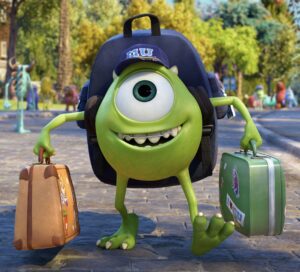Pablo Picasso once quipped that “Every child is an artist; the problem is how to remain an artist once they grow up.”[i] In this often-quoted slogan, Picasso neatly summarized idealized views of the universally creative child and the uncreative adult. In a similar fashion he would later write that, “It takes a long time to become young.” What is one to make of such laments? Nostalgia over a lost youth? A yearning to escape a pressurized grown-up life? Regardless of origins, it’s impossible to deny America’s ongoing infatuation with childhood creativity.
 This fascination childhood artistry dates to the 1700s, corresponding to evolving views of children as “blank slates” (tabula rasa) better served by nurturance and education than by discipline alone. At the same time, Enlightenment debates over individualism and personal autonomy were bringing considerable anxiety to the era, evidenced in worries that self-interest would overwhelm moral sentiments.
This fascination childhood artistry dates to the 1700s, corresponding to evolving views of children as “blank slates” (tabula rasa) better served by nurturance and education than by discipline alone. At the same time, Enlightenment debates over individualism and personal autonomy were bringing considerable anxiety to the era, evidenced in worries that self-interest would overwhelm moral sentiments.
This set the stage for the naturalism espoused by Jean-Jacques Rousseau in his book Emile: Or, On Education, seeing an inherent “goodness” in children, which becomes corrupted by adult desire and material want.[ii] With the 1800s, views of “human nature” gave ways to theories of evolution and behavioral adaptation –– owing in large part to the influence of Charles Darwin and Herbert Spencer. While the resulting rationalism eventually would make education more formulaic, an artsy transcendentalism would counterbalance American culture with an advocacy for an “educated imagination.”[iii] The Romantic Era writings of Ralph Waldo Emerson, Margaret Fuller, Henry Wadsworth Longfellow, and Walt Whitman advanced themes of emotion over reason and imagination over reality –– setting in place a tradition progressive of push-back against the instrumentalist ethos of science and industry. Continue reading “The Creative Inner Child?”